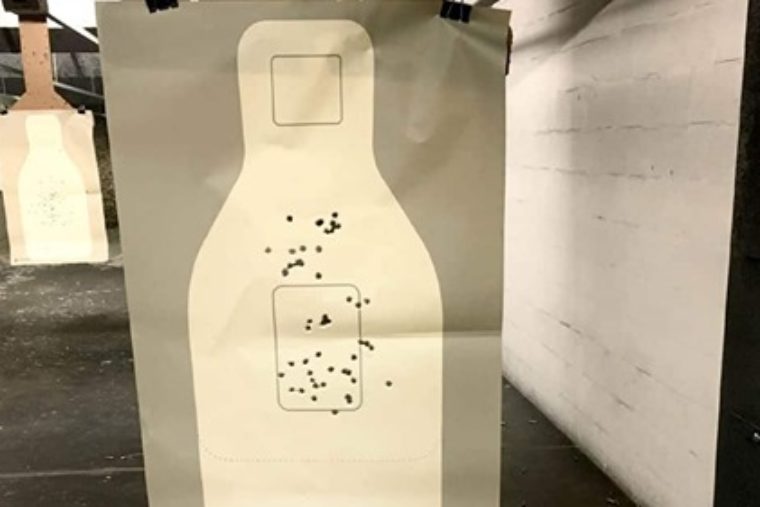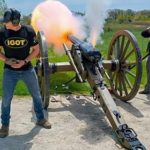“Most people with a good 2-day class under their belt and regular practice should be able to meet this standard. People who train and/or practice more frequently than that should be able to shoot 100%, or very near it, on this qualification without issue. As Tom Givens is fond of saying, it is barely more than a sobriety test.”
In early 2019, the FBI came out with a new handgun qualification course. The last update to the FBI handgun qualification course was in 2013. In 2013, they went from the old school qualification that included 50-yard strings of fire to a more contemporary qualification. It was quite a significant shift. This time the differences between the 2013 FBI qualification and the 2019 version are there, but not nearly as drastic.
What Changed?
The moved from a 60 round course of fire on the old qualification to a more common 50 round course of fire. The distribution of those 50 rounds is also weighted more towards the 5 to 7-yard strings of fire with 60% of the total rounds fired shot from the 5 or 7-yard line. The previous qualification only had 46.6% of the total rounds fired shot from those same distances.
Even though the distribution is a bit different, many of the strings of fire in the new qualification are in fact very similar to the 2013 qualification. For example, the string of fire that includes an emergency reload is still the same number of rounds fired and the same time limit. The start position is from the ready, as opposed to starting from the holster in the older qualification though, making it a bit easier. We see more use of the ready position in general. In total there are ten strings of fire, five of them the shooter starts from the ready position. In the 2013 qualification, every string of fire started from the holster.
by Nate Parker



